Introduction
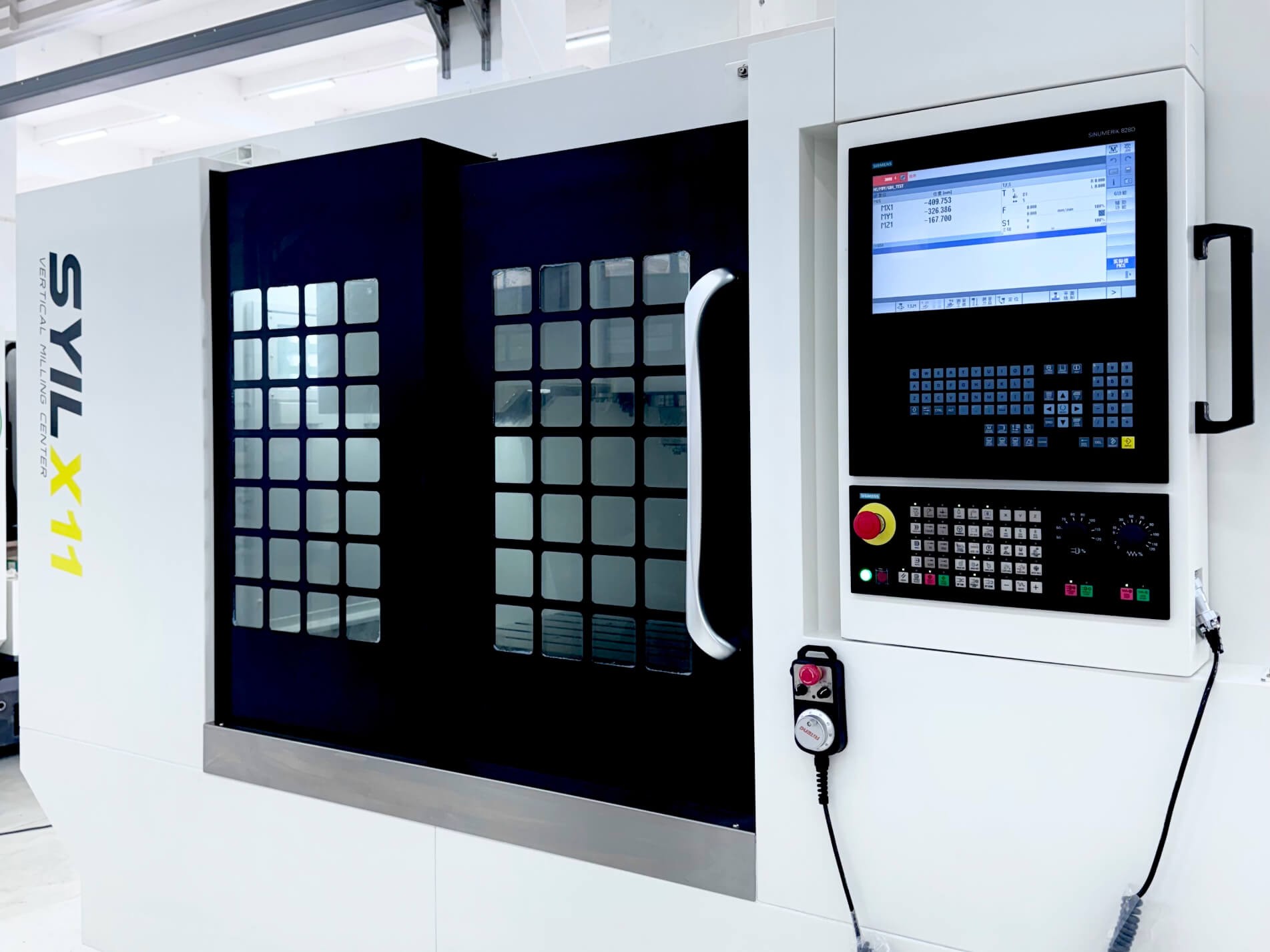
In the world of manufacturing, precision is everything, and CNC machining tolerances play a pivotal role in achieving that precision. Understanding these tolerances is essential for engineers and manufacturers alike, as they directly influence the quality and functionality of the final product. Whether you're crafting intricate parts for aerospace or simple components for consumer goods, knowing what are the standard tolerances for CNC machining can make all the difference in your project’s success.
Importance of CNC Machining Tolerances
CNC machining tolerances are not just technical jargon; they are the backbone of precision engineering. These tolerances dictate how closely parts must fit together, impacting everything from assembly to performance. Ignoring these standards can lead to costly errors and rework, underscoring why understanding what is the fine tolerance for CNC is crucial for any manufacturing process.
Overview of Precision Engineering
Precision engineering encompasses a broad range of practices aimed at creating components with minimal deviation from specified dimensions. This field relies heavily on advanced technologies like CNC machines to achieve high levels of accuracy and consistency in production. As we explore questions such as what is the accuracy of a CNC machine and what is the ISO standard for machining tolerances, it becomes clear that precision engineering isn't just about making parts—it's about making them right.
Key Questions Answered
Throughout this discussion, we will address several key questions that are fundamental to understanding CNC machining tolerances. What are the standard tolerances for CNC machining? What is considered fine tolerance in this context? And how do ISO standards influence these processes? By answering these queries, we aim to provide a comprehensive overview that will aid anyone looking to enhance their knowledge of precision engineering.
Understanding CNC Machining Tolerances
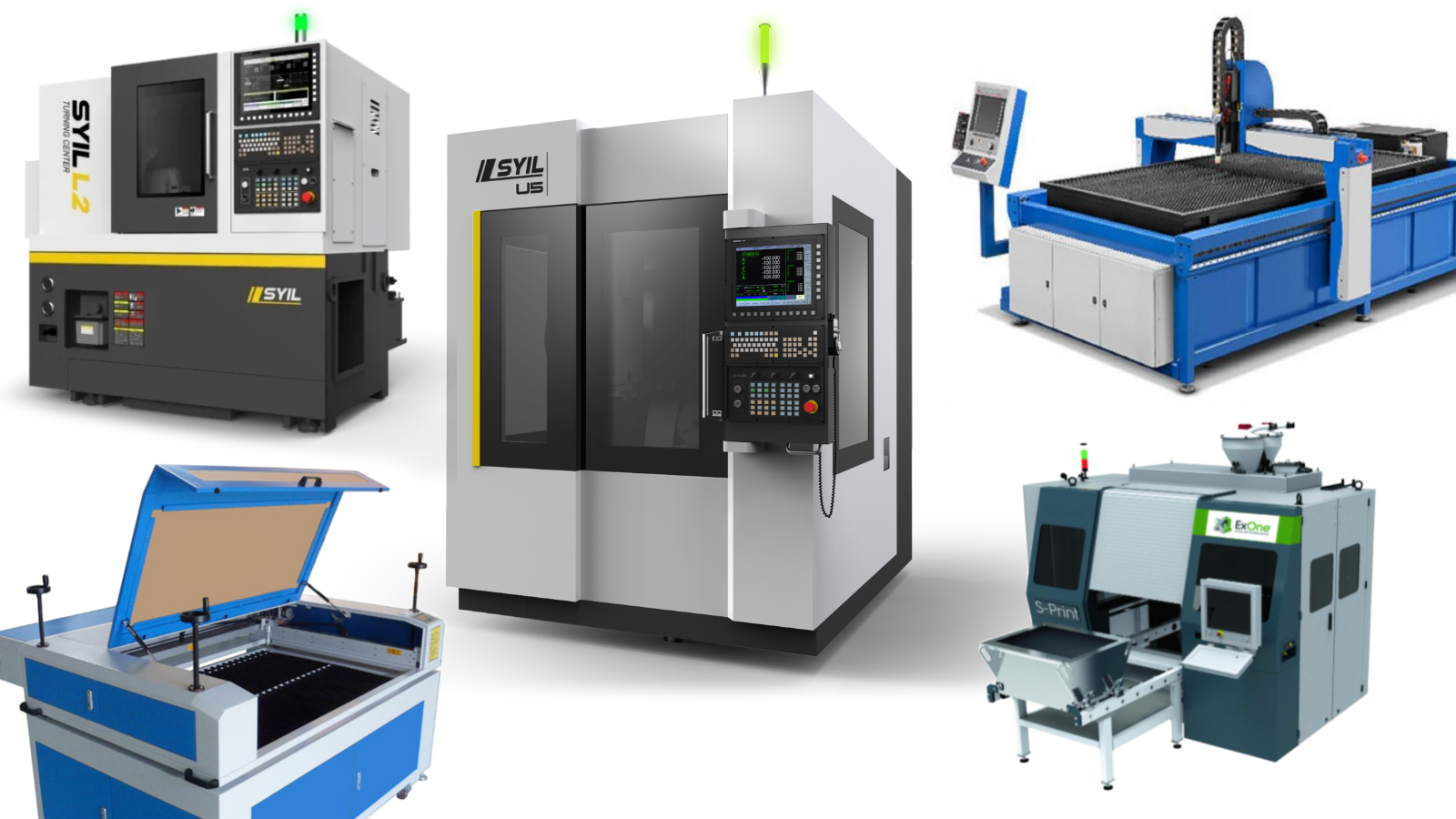
CNC machining tolerances are pivotal in the world of precision engineering, ensuring that components fit together seamlessly and function as intended. These tolerances define the allowable variations in dimensions and shapes during the manufacturing process, ultimately impacting product quality and performance. Understanding CNC machining tolerances is essential for anyone involved in design, manufacturing, or quality control.
Definition and Significance
At its core, CNC machining tolerances refer to the permissible limits of variation in a manufactured part's dimensions. They are significant because they determine how closely a part can be produced to its intended specifications without compromising functionality or safety. In industries like aerospace or automotive, where precision is paramount, adhering to these tolerances can mean the difference between success and failure.
Types of Tolerances in CNC Machining
There are several types of tolerances used in CNC machining, each serving a specific purpose based on the component's requirements. The most common types include dimensional tolerances (which specify acceptable variations in size), geometric tolerances (which focus on shape and form), and positional tolerances (which dictate acceptable deviations from desired locations). Familiarity with these types helps engineers answer questions like What are the standard tolerances for CNC machining? while ensuring products meet industry standards.
How Tolerances Affect Final Products
The impact of CNC machining tolerances on final products cannot be overstated; they directly influence performance, durability, and overall quality. Tight tolerances may lead to higher production costs but can enhance product reliability—especially critical in high-stakes applications such as medical devices or aerospace components. Conversely, looser tolerances might lower costs but increase risks associated with part failures or misalignments.
What are the Standard Tolerances for CNC Machining?
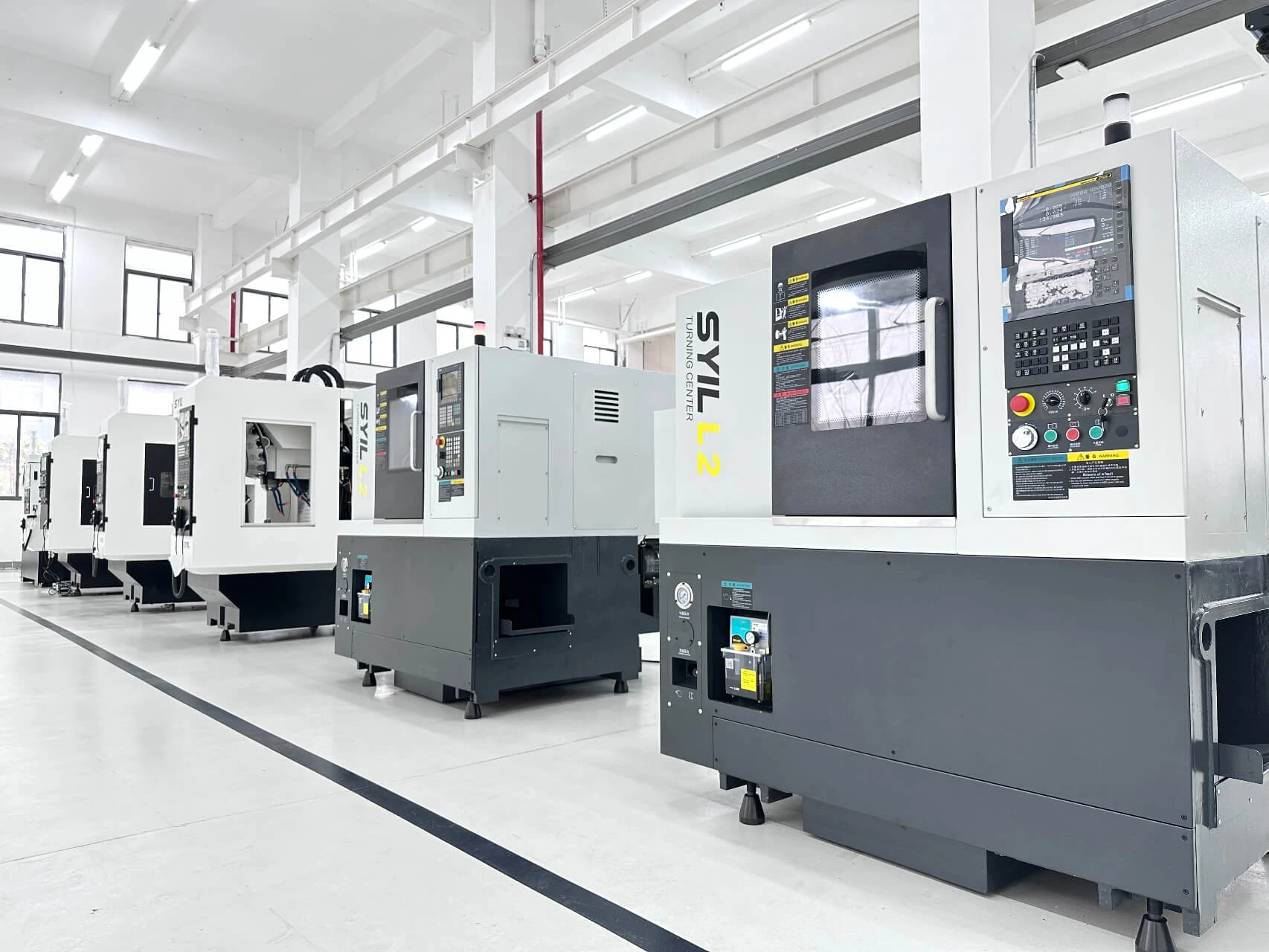
When diving into the world of CNC machining tolerances, it’s essential to understand the standard tolerances that govern the precision of machined parts. These tolerances define how much variation is acceptable in a manufactured part, impacting everything from fit and function to overall quality. So, what are the standard tolerances for CNC machining? Let's break it down.
Common Tolerance Standards Explained
Standard tolerances in CNC machining are typically categorized into classes that dictate how closely a part must adhere to its specified dimensions. The most common tolerance standards include ANSI (American National Standards Institute) and ISO (International Organization for Standardization), which provide guidelines on acceptable limits for various manufacturing processes. Each standard defines specific ranges—like ±0.005 inches for general machining—that help ensure consistency across different manufacturers and industries.
Understanding these standards is crucial because they influence everything from cost to production time; tighter tolerances often mean higher costs due to increased precision requirements and longer machine run times. Additionally, these common tolerance standards serve as a universal language among engineers, machinists, and clients, streamlining communication about expectations regarding CNC machining tolerances.
Factors Influencing Tolerances
Several factors can influence the achievable tolerances during CNC machining operations. The material being machined plays a significant role; harder materials may require more precise tools and techniques than softer ones, impacting what is feasible in terms of tolerance levels. Other factors include tool wear, machine calibration, cutting speed, and even environmental conditions like temperature fluctuations.
Moreover, the complexity of the part design can also affect how tight or loose a tolerance can be; intricate designs may necessitate looser tolerances due to potential complications during production or assembly processes. Understanding these influencing factors helps manufacturers optimize their workflows while still adhering to industry standards regarding what is considered fine tolerance for CNC work.
Real-World Tolerance Examples
In real-world applications of CNC machining tolerances, you might encounter various scenarios illustrating how these standards apply practically. For instance, in aerospace manufacturing where safety is paramount, components often require tight tolerances—sometimes as close as ±0.0005 inches—to ensure proper fitment within complex assemblies like engines or fuselage structures.
Conversely, in less critical applications such as furniture manufacturing or prototyping where aesthetics might outweigh precision requirements, looser tolerances around ±0.01 inches may be perfectly acceptable without compromising functionality or safety standards. By examining these real-world examples of what standard tolerances look like across different industries, one gains a clearer understanding of how critical accuracy metrics are when determining what is the accuracy of a CNC machine.
What is the Fine Tolerance for CNC?
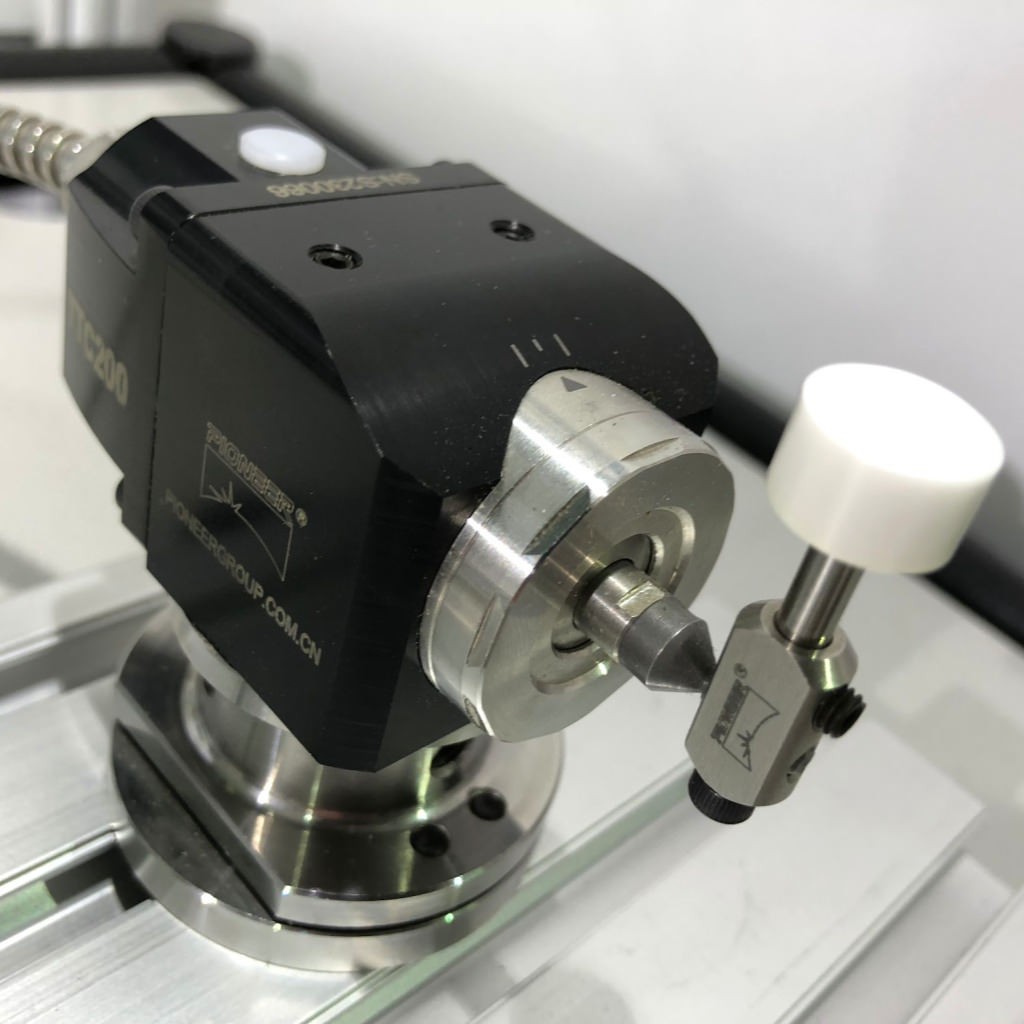
In the world of CNC machining, fine tolerances refer to exceptionally tight specifications that ensure parts fit together perfectly. These tolerances are critical in applications where even the slightest deviation can lead to functional failures or inefficiencies. Understanding what constitutes fine tolerances in CNC machining helps manufacturers maintain high standards and meet rigorous industry demands.
Defining Fine Tolerances in CNC Machining
Fine tolerances in CNC machining typically range from ±0.001 inches (±0.025 mm) to ±0.0005 inches (±0.0127 mm), depending on the materials and processes involved. This level of precision allows engineers to create components that are not only accurate but also consistent across multiple production runs. When discussing “What is the fine tolerance for CNC?”, it’s crucial to recognize how these specifications impact overall product quality and reliability.
Applications of Fine Tolerances
Fine tolerances are particularly important in industries such as aerospace, automotive, and medical device manufacturing, where safety and performance are paramount. For instance, components like turbine blades or surgical instruments require exact dimensions to function properly without compromising safety or effectiveness. As we explore “What are the standard tolerances for CNC machining?”, it becomes evident that fine tolerances play a vital role in ensuring that products meet stringent regulatory standards.
Benefits of High Precision Work
The benefits of high precision work extend far beyond mere aesthetics; they include improved functionality, reduced waste, and enhanced customer satisfaction. When manufacturers adhere to fine tolerances, they minimize rework and scrap rates, leading to cost savings over time—who doesn’t love saving a few bucks? Additionally, achieving tight tolerances often means better compatibility with other parts, which is essential when considering “What is the accuracy of a CNC machine?”—the tighter the tolerance, the higher the accuracy required from your equipment.
What is the Accuracy of a CNC Machine?

When it comes to CNC machining tolerances, accuracy is paramount. The accuracy of a CNC machine determines how closely the finished product matches the intended design specifications. In an industry where precision can make or break a project, understanding what constitutes accuracy and how it’s measured is crucial for manufacturers.
Accuracy Metrics Explained
Accuracy in CNC machining can be quantified through several key metrics, including positional accuracy and repeatability. Positional accuracy refers to how close the machine's output is to the desired position, while repeatability measures its ability to return to that position consistently over multiple cycles. These metrics are essential for ensuring that components meet stringent standards, particularly when considering what are the standard tolerances for CNC machining.
Moreover, manufacturers often employ tools like gauge blocks and laser interferometers to measure these metrics accurately. By understanding these measurements, engineers can better assess whether their chosen CNC machine meets their needs for fine tolerance work and overall production quality. Ultimately, high accuracy levels contribute significantly to reduced waste and improved efficiency in manufacturing processes.
Comparing CNC Accuracy to Traditional Methods
When we pit CNC machining against traditional manufacturing methods like manual milling or turning, the differences in accuracy become strikingly clear. Traditional methods often rely on human skill and judgment, which introduces variability—something that’s less prevalent in automated CNC processes where precision is maintained through programmed instructions. This consistency allows manufacturers to achieve fine tolerances that would be challenging with conventional techniques.
Additionally, modern CNC machines often come equipped with advanced software that enhances their ability to maintain tight tolerances throughout production runs—something traditional methods struggle with due to their inherent limitations in control. When considering what is the ISO standard for machining tolerances, it becomes evident that CNC technology plays a pivotal role in meeting these rigorous requirements without compromising on quality or speed.
Impact on Manufacturing Processes
The impact of accurate CNC machining on overall manufacturing processes cannot be overstated; it streamlines production while ensuring high-quality outputs that adhere strictly to specified tolerances. With enhanced accuracy, businesses can reduce rework rates and minimize material waste—two significant cost-saving factors in any operation focused on efficiency and profitability. Furthermore, as industries increasingly adopt automation technologies, having precise machinery becomes not just an advantage but a necessity.
In contexts where what is the fine tolerance for CNC matters greatly—such as aerospace or medical device manufacturing—the stakes are even higher; inaccuracies can lead not only to financial loss but also safety risks. Therefore, investing in high-accuracy machines aligned with ISO standards ensures compliance while elevating product quality across various sectors of industry.
What is the ISO Standard for Machining Tolerances?
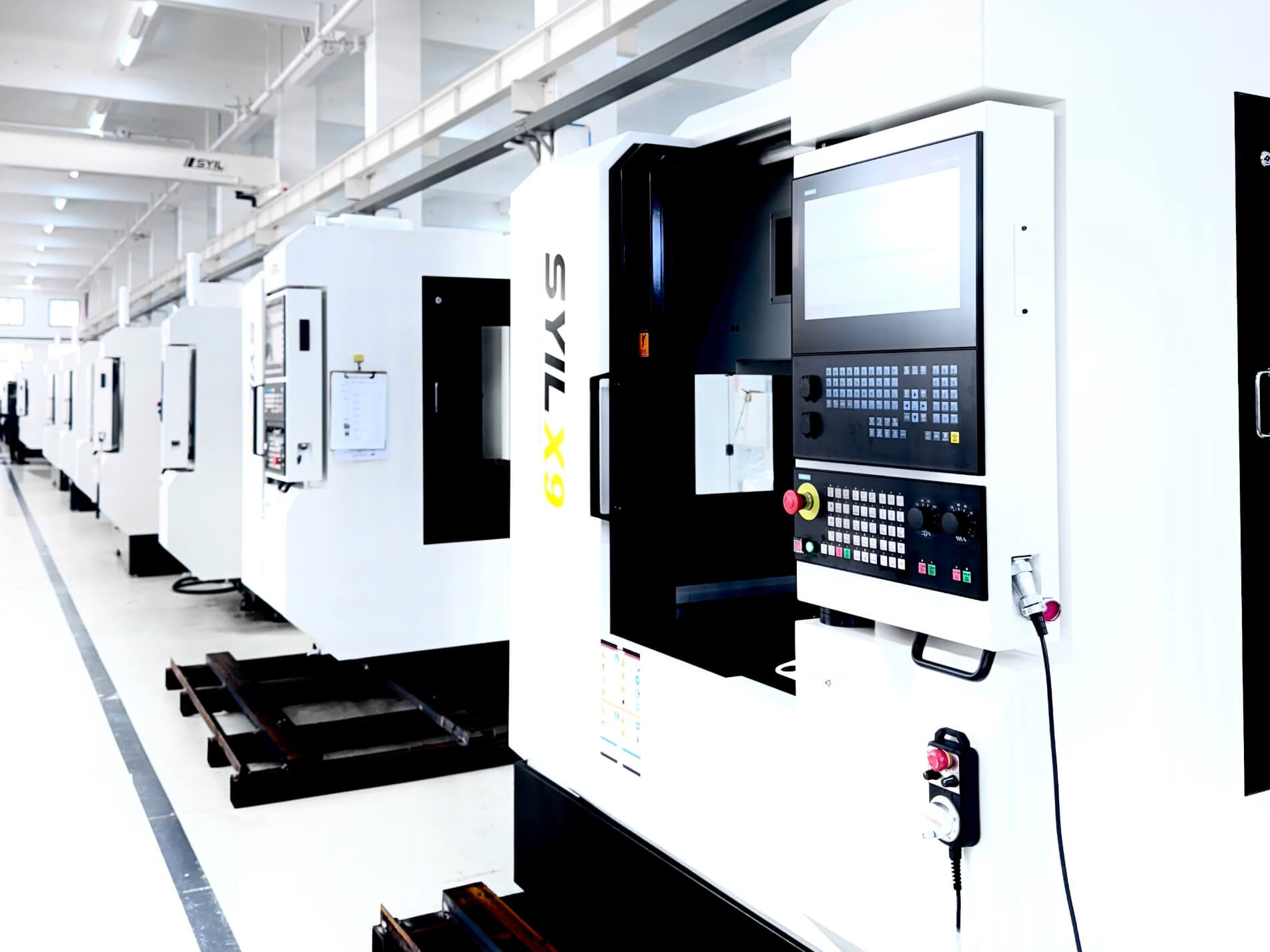
When discussing CNC machining tolerances, understanding the ISO standards is crucial for ensuring consistent quality and precision in manufacturing. The International Organization for Standardization (ISO) provides a framework that defines acceptable tolerances, thereby helping manufacturers maintain uniformity across their production processes. By adhering to these standards, companies can ensure that their products meet both industry benchmarks and customer expectations.
Overview of ISO Tolerance Standards
ISO tolerance standards outline specific guidelines for various machining processes, including CNC machining tolerances that dictate how much deviation from a specified dimension is permissible. These standards categorize tolerances into different classes based on the level of precision required, which can range from general engineering tolerances to fine tolerances necessary for high-precision applications. Understanding these classifications helps manufacturers determine what are the standard tolerances for CNC machining and select appropriate methods to meet their production needs.
Importance of ISO Compliance in Industry
ISO compliance plays a pivotal role in maintaining quality assurance within manufacturing industries. Adhering to these established standards not only enhances product reliability but also fosters trust among clients and stakeholders who seek consistency in performance. Furthermore, compliance with ISO standards can give businesses a competitive edge by demonstrating their commitment to quality and efficiency—attributes that are essential when evaluating what is the accuracy of a CNC machine.
How SYIL CNC Machines Meet ISO Standards
SYIL CNC machines are engineered with precision in mind, ensuring they meet or exceed established ISO standards for machining tolerances. By integrating advanced technology and rigorous testing protocols, SYIL guarantees that its machines deliver exceptional accuracy while adhering to international benchmarks. This commitment not only addresses concerns about what is the fine tolerance for CNC applications but also reinforces SYIL's reputation as a leader in providing high-quality machinery tailored to precise engineering needs.
Conclusion
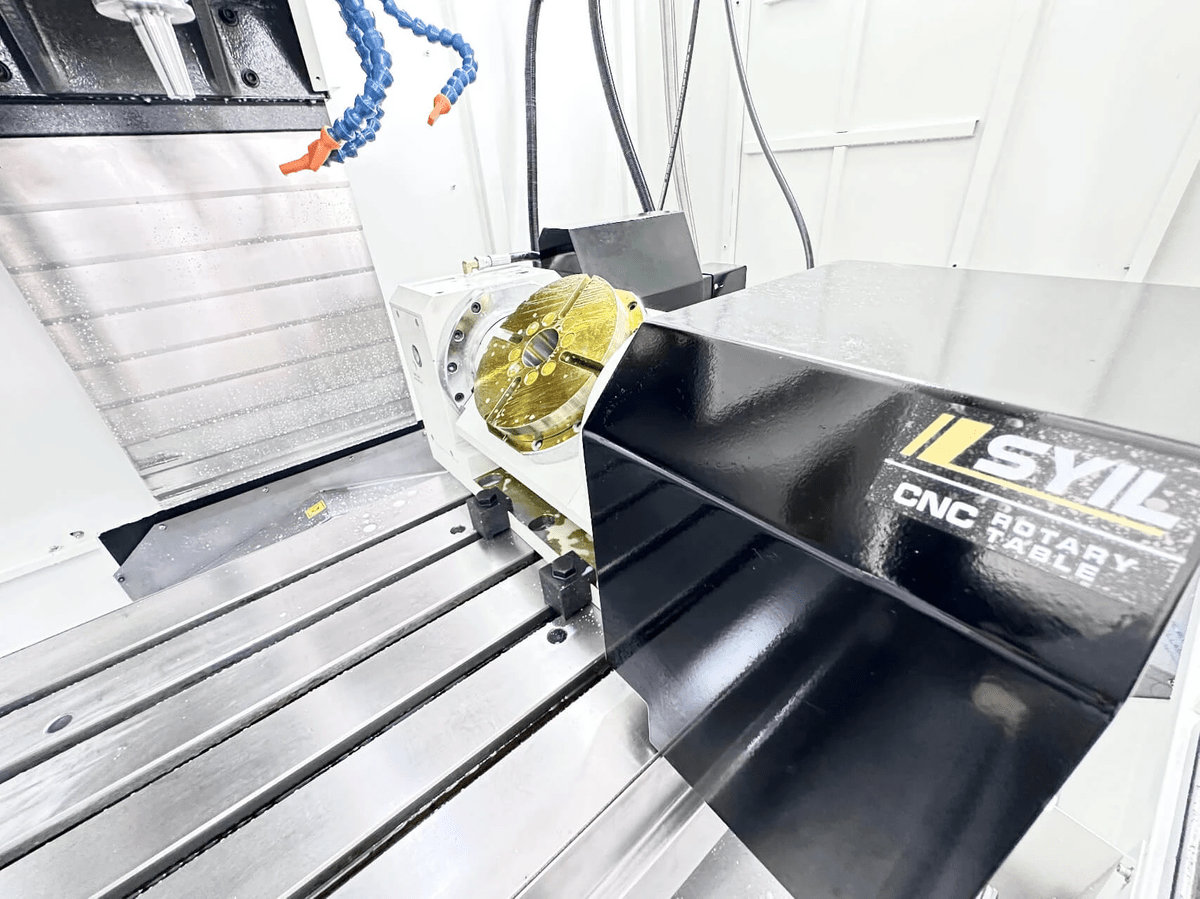
In the realm of modern manufacturing, understanding CNC machining tolerances is crucial for achieving high-quality results. From defining what are the standard tolerances for CNC machining to exploring what is the fine tolerance for CNC, each aspect plays a vital role in precision engineering. As we've seen throughout this discussion, tolerances not only dictate the final product's fit and function but also influence production efficiency and cost-effectiveness.
Recap of CNC Machining Tolerances
To recap, CNC machining tolerances refer to the permissible limits of variation in a manufactured part's dimensions. We've explored various types of tolerances, including standard and fine tolerances, emphasizing their significance in determining product quality. Additionally, we delved into accuracy metrics and how they relate to questions like what is the accuracy of a CNC machine?, reinforcing that tighter tolerances lead to better performance in precision applications.
The Future of Precision Machining
Looking ahead, the future of precision machining is bright as technology continues to evolve at an unprecedented pace. Innovations such as advanced materials and automation will redefine what are considered standard tolerances for CNC machining and push boundaries on what is possible with fine tolerance applications. Furthermore, adherence to standards like what is the ISO standard for machining tolerances will become increasingly important as global competition intensifies and industries demand higher quality products with faster turnaround times.
Choosing the Right CNC Machine for Your Needs
When it comes to choosing the right CNC machine for your needs, understanding your specific requirements regarding cnc machining tolerances is essential. Factors such as material type, desired accuracy levels (what is the accuracy of a CNC machine?), and compliance with ISO standards should guide your decision-making process. Ultimately, selecting a machine that aligns with these considerations will ensure you achieve optimal results while meeting industry demands effectively.

